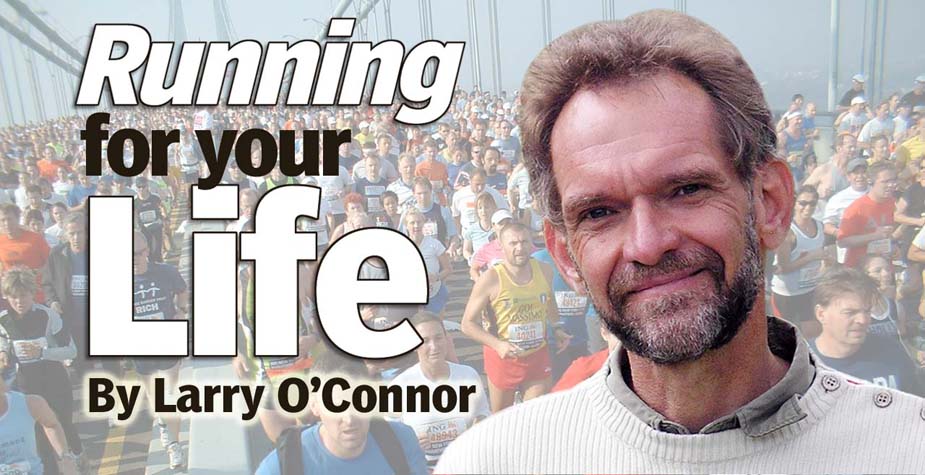I’m off the treadmill.
At least until my next race on Sat., Oct. 7, a half-marathon along
The Narrows, the body of water that separates Staten Island from Long Island
(Brooklyn) in Bay Ridge.
Why? Because the October event will be my first race in three
years and three months. For most of that time I put in hundreds of miles on the
treadmill, until about May this year. Meanwhile, injuries mounted: a blown
knee, neuroma, Achilles tendon, face-plant.
With the important exception of the latter injury, all can be
blamed, if not entirely at least partially, on the treadmill.
I’m remembering advice I received once from a personal trainer.
The treadmill may seem the perfect training tool – to track speed, time, find
the right pace. Doing interval training if your time is short – an eight-minute
mile pace for twenty minutes, say, to get the best aerobic bang for your buck.
But, my PT pal warns, there is little heel-strike variation on a
treadmill. It may seem the same as outdoor running, but it isn’t. Footfalls in
a five-mile outdoor run are as wide-ranging as a Baskin-Robbins flavor chart.
On the treadmill, you’ve got vanilla.
And that, believe it or not, can amount to a hellish pounding of
the body. Especially, if you get into the habit of running on the machines more
often than not.
Which is what I found myself doing as I looked to amp up miles
for two consecutive races that I was forced to cancel due to injuries: the
Brooklyn Marathon of 2015 and the Bay Ridge Half of 2016.
No more – treadmills or canceled races. So far, the
non-treadmill-trained body is holding up … Time will tell if this resolution
obtains the results I’m hoping for.
Next: Running for Your Life: Reading Taibbi
